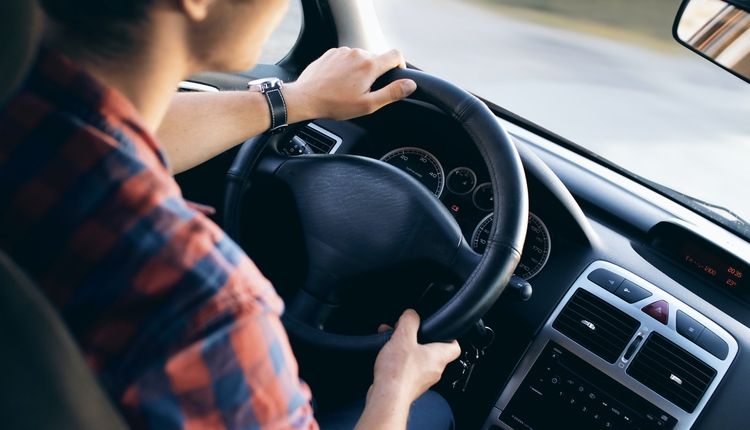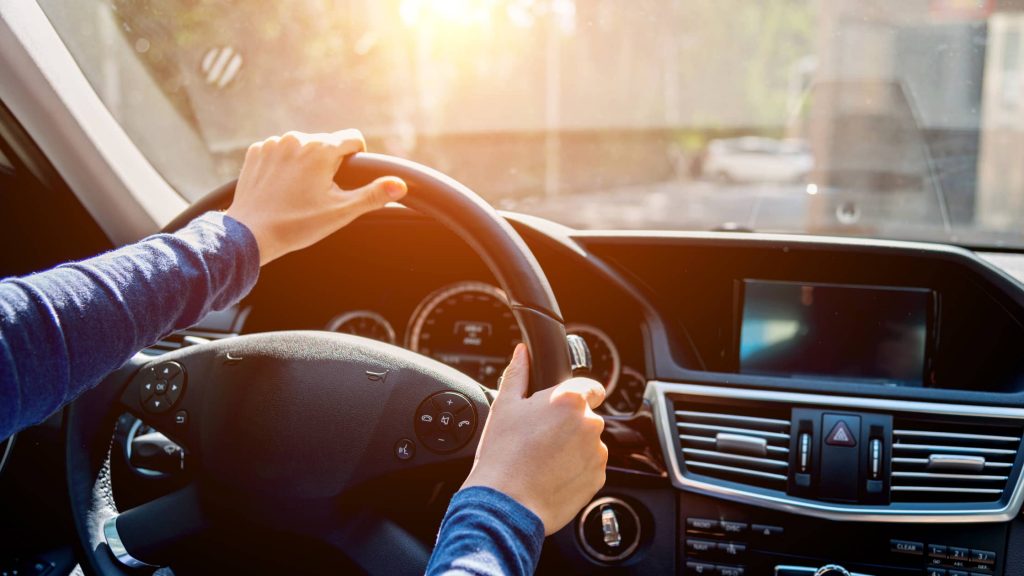Everyone is put in risk on the road by aggressive driving. It is possible for aggressive driving, including speeding, to spread, and responding to risky conduct itself to exacerbate the issue. Setting a good example for other drivers may be achieved by being composed and abiding by the law. Use these nine defensive driving strategies to increase your car's safety and pleasure.
1. Know Your Route
Before you get behind the wheel, plan your itinerary or set your GPS to guide you in the correct way. By doing this, you'll be able to reduce the number of lane changes, abrupt stops, and last-minute turns, which will reduce irritation and improve safety for both you and other drivers.
2. Anticipate Conditions on Your Route
Before departure, consider all the factors that might impact your travel. Dense traffic can slow speeds, so plan to leave earlier and avoid peak travel times. Inclement weather can also make travel more dangerous, not to mention slower. Use this as a reminder to increase the following distance and lower your speed.

3. Brake Early
There is no need to ride your brakes—give yourself plenty of time to come to a complete stop. This will also give the person behind you time to see your brake lights and do the same.
4. Follow at a Safe Distance
Maintain a safe following distance from the vehicle in front of you. A minimum of three or four seconds of stopping time is recommended in case something requires another driver to stop suddenly. You’ll need to increase your following distance in poor road conditions or when speed limits are higher because these will increase the distance required for you to stop. Never tailgate a slow driver—this is aggressive driving, and dangerous because it could lead to a crash.
5. Pass at a Safe Distance
If you pass other vehicles, leave plenty of space when you move in front. That way they won’t feel crowded and suddenly apply their brakes. Once you’ve passed a vehicle, move out of the left lane to allow other vehicles the chance to pass, especially if you are moving slower than most of the traffic.
6. Expect the Unexpected
You can prevent crashes by expecting the unexpected. For example, when your light turns green, wait to ensure no cars are running the red light. When something unexpected does happen, stay calm. Even the most attentive drivers can make mistakes.
7. Avoid Distractions
Maintain focus and alertness when driving. Distractions while driving endanger yourself and others on the road. Sending or receiving a text message diverts your attention away from the road for five seconds. 55 mph is equivalent to driving the length of a football field with your eyes closed. Looking at your phone at a stoplight may seem innocent, but it may lead to missed signals and other risks. Remember that your smartphone is not the only possible distraction in your car. Anything that pulls your eyes, hands, or thoughts away from driving is risky. This involves eating, drinking, and tuning the radio. Even people inside the car might be distracting.
8. Always Leave Early
Always leave at least 10-15 minutes earlier than you think you need to, so you won’t feel pressure to speed. Make this a habit no matter the traffic or weather conditions. Aggressive driving behaviors tend to come out when we’re running late or feeling stressed about getting to our destination.
9. Stay Calm and Be Respectful
We've all been caught in traffic at some time, feeling frustrated and uncomfortable, wanting nothing more than to get to our destination. The greatest thing you can do is relax, be cool, and respect your fellow drivers by adhering to the traffic regulations. Speeding and driving aggressively only increases the likelihood of a collision. Follow and disseminate these suggestions to guarantee that everyone arrives at their destination safely.
.png)










